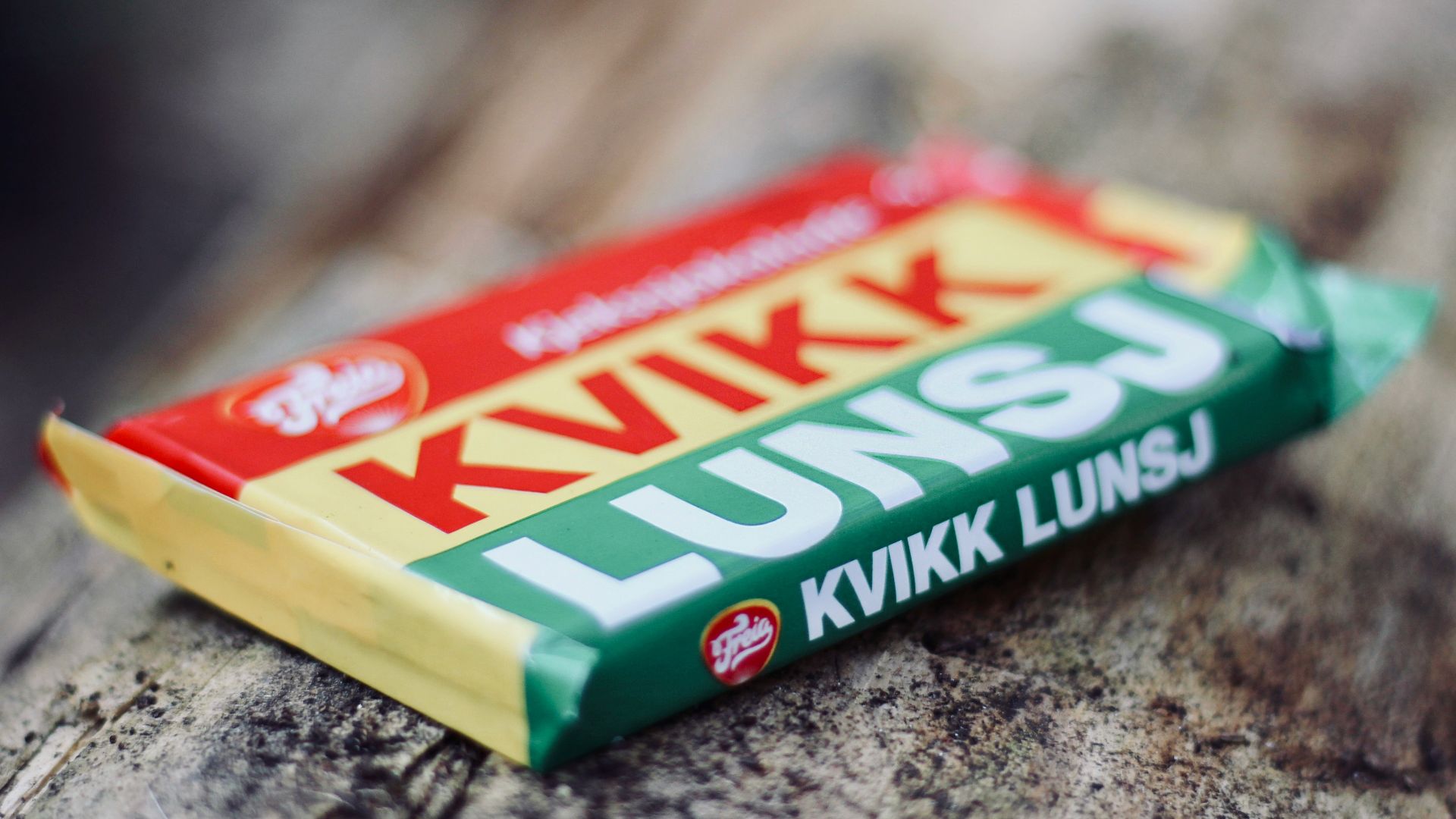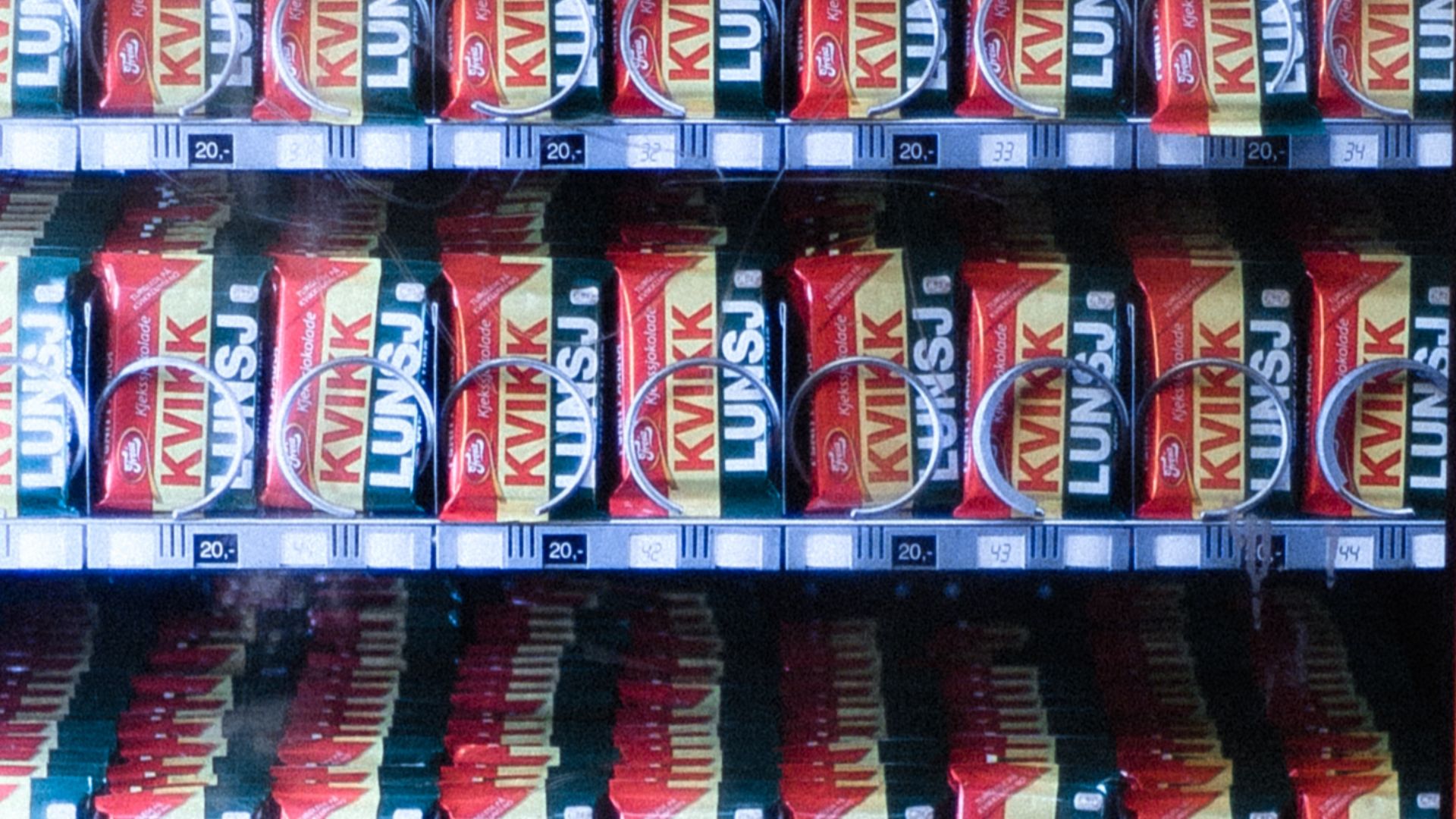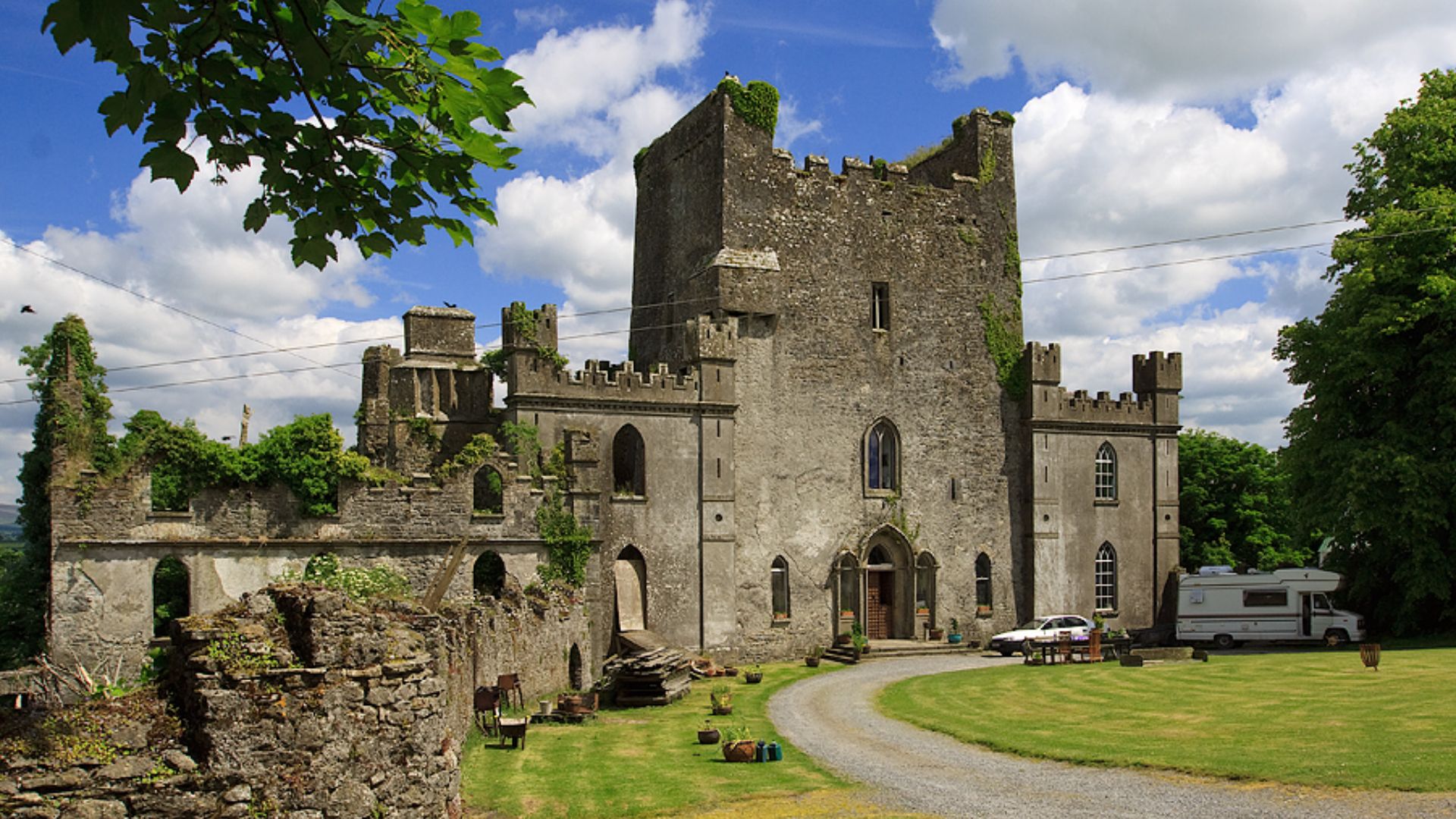What could possibly be controversial about chocolate? Aside from whether you prefer milk, white, or dark, of course. Quite a lot, it seems, if that chocolate belongs to Norway's favorite brand, Kvikk Lunsj. This four-fingered "trip bar" has been the favorite of Norwegians on hikes since it first hit the market in 1937. Think of it as a Scandinavian Kit Kat, a comparison that will only become more apt as we go on.
While the concept of "hiking chocolate" may seem bizarre to North Americans, who chiefly consume chocolate while watching trashy films on the couch, it's a natural step for Norwegians to take. In fact, the first ad campaign for Kvikk Lunsj showed Norwegians setting their hiking poles aside for a mid-hike chocolate break. Kvikk Lunsj was even designed to specifically fit into anorak pockets.
Chocolate isn't just a snack for Norwegians—Roald Amundsen, one of the greatest explorers who ever lived, included chocolate in his provisions when he reached the South Pole. Norway has some of the most beautiful landscapes on Earth, and the introduction of the eight-hour workday with the rise of industrialization encouraged Norwegians to explore their country to the fullest.
Apart from 1941 to 1949, when Norway was occupied by Germany and recovering from war, Kvikk Lunsj has been continually produced in Norway and is tied to its national identity. Not only were Norwegians free to enjoy their beautiful country without the looming threat of fascism or food shortages, but biting into a bar of chocolate was a sign that they'd persisted, despite the horrors.
More Than A Candy Bar
Kvikk Lunsj means "quick lunch" in Norwegian, and the chocolate truly lives up to its name. While American chocolate tends to be rich and tooth-achingly sweet, Kvikk Lunsj is light and creamy, for a bite that will leave you feeling satisfied rather than weighed down. Additionally, its higher fat content makes it more filling than your typical chocolate bar. It's no wonder all the ads feature hikers and skiers unwrapping that iconic red, yellow, and green bar. I'd want to hike fjords as well if I knew I had a sweet pick-me-up in the pocket of my parka.
As our world becomes increasingly connected, Kvikk Lunsj isn't just a favorite of Norwegians, but of tourists around the world. Many a Kvikk Lunsj is stowed away in a suitcase or eaten in line for airport security. Kvikk Lunsj, like Finland's super-salty licorice, or Sweden's bonbons, is quickly becoming a beloved snack around the world.
So, where does the controversy come in?
For as delicious and beloved as Kvikk Lunsj is, there's always been a shadow of controversy hanging over it. Let's start with the obvious. Kvikk Lunsj is, for all intents and purposes, a Norwegian Kit Kat. Seeing as how Kit Kat hit the market a full two years before Kvikk Lunsj, it's easy to understand why Rowntree, later Nestlé felt ripped off. After all, what are the chances that two companies would develop the exact same chocolate bar independent of each other?
While Kit Kat has tried and failed to trademark its four-fingered shape in the EU, there's no touching Kvikk Lunsj—at least not in Norway. Chunky variety Kit Kats are on the market, but there's no competing with Kvikk Lunsj on its home turf.
The other controversy behind the chocolate is more politically-charged. Kvikk Lunj's parent company, Freia, was acquired by Mondelēz International in 1993, the company that owns Ritz, Kraft, and Cadbury, among others. Mondelēz was one of several brands boycotted following the Russian invasion of Ukraine. Despite publicly stating that they'd "reduced all non-core activities" in Russia following the invasion, it was business as usual between the billion-dollar corporation and Russia.
Norway, which shares a border with Russia and has accepted more Ukranians than any other Nordic country, was understandably disturbed by the gall of this lie. Football clubs across the country cut ties with the brand and many Norwegians are left uncertain about the ethics of their beloved chocolate.
That hasn't stopped consumers, both in Norway and abroad, from sinking their teeth into Kvikk Lunsj. The only question left is whether to break a piece off or take a big bite.









